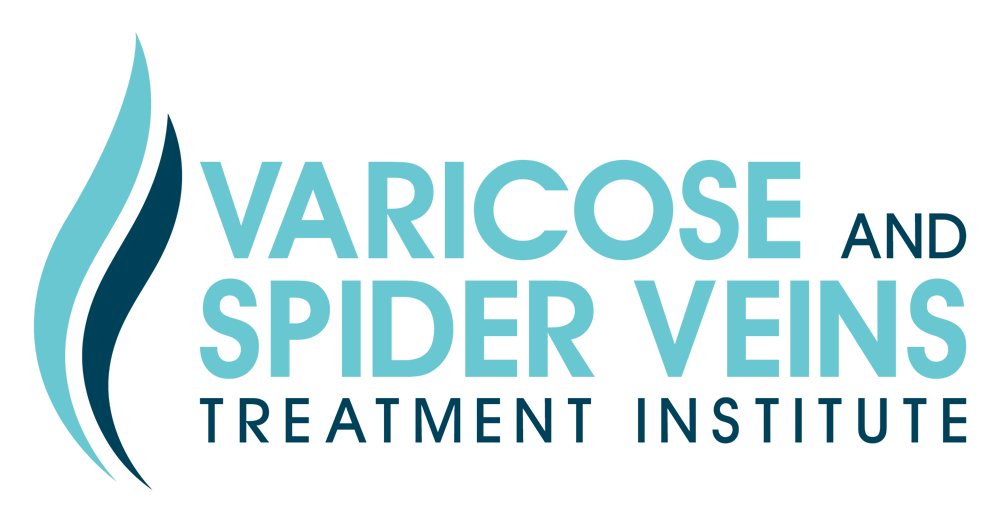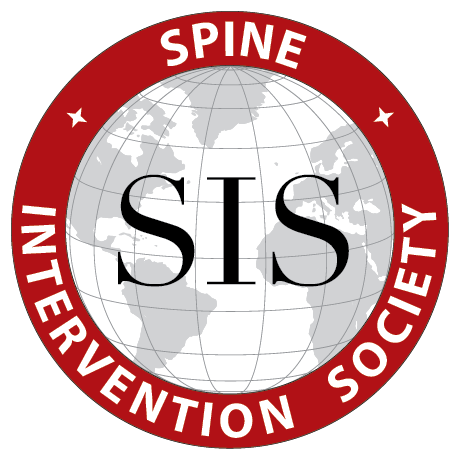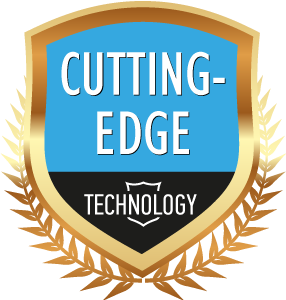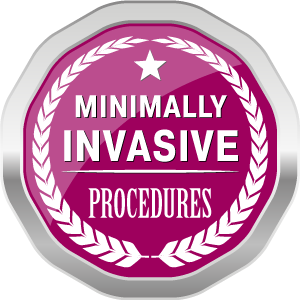Radiofrequency Ablation
What is Radiofrequency Ablation?
Radiofrequency ablation (RFA) — also known by its brand name ClosureFAST — is a minimally invasive technique used to treat varicose veins. This method uses radio waves or heat energy to damage a vein, sealing it shut. Previously, invasive surgeries were used to tie off and remove problem veins. Now, cutting-edge technologies like ClosureFAST allow vein specialists to comfortably and safely address problem veins.
ClosureFAST was first developed in the 1990s, and it has since become a standard minimally invasive treatment used in vein clinics around the country. At Varicose and Spider Veins Treatment Institute, vein specialists are board-certified and trained in these state-of-the-art techniques.
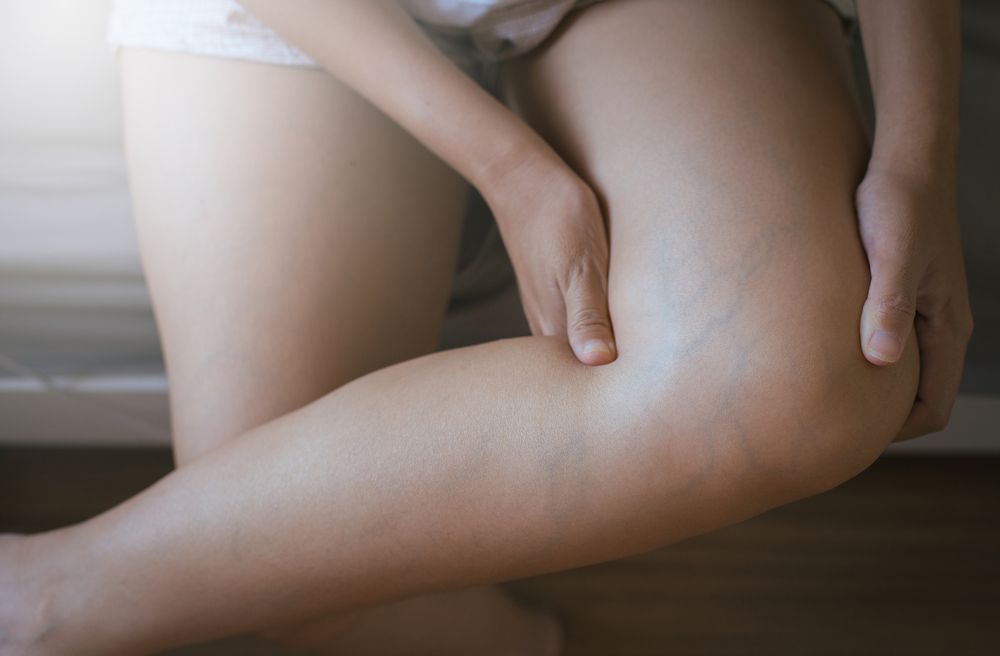
How Does Radiofrequency Ablation Work?
RFA uses a long, thin, flexible tube known as a catheter, which is inserted into a faulty vein. The catheter has a specialized tip that creates radio waves or heat energy that causes the vein to collapse in on itself. As the catheter is withdrawn, the vein closes, blocking blood flow through it. Because the procedure is performed inside the vein, it is also referred to as endovenous ablation. Many vein treatment centers use the terms RFA, ClosureFAST, and endovenous ablation interchangeably.
RFA is preferred for treating large varicose veins. These are large, twisted, or bulging veins found underneath the skin’s surface. Varicose veins are a sign of underlying vein disease — if you have extensive vein damage, you may experience leg cramping, feelings of heaviness or fullness, swelling, and pain.
ClosureFAST is recommended for people with varicose veins in the greater saphenous veins (GSVs), or the large veins that run up the back of the legs from the feet up to the top of the thigh. Some people also have varicose veins in their small saphenous vein (SSV), which runs from the foot, through the calf, and ends at the knee.
RFA is also an appropriate treatment for people who have damaged perforating veins. These veins contain one-way valves that help blood flow from your superficial veins near the surface of your skin into the deep veins in your muscles. As we age, these valves become damaged, causing blood to flow backward (known as venous reflux).
ClosureFAST Is a Safe and Effective Minimally Invasive Procedure
Several studies have found that ClosureFAST treatment is generally successful and produces long-lasting results. Over 2.5 million people have received treatment worldwide, and studies show that after five years:
- 72 percent of people see improvement in their venous clinical severity score (VCSS)
- 91.9 percent of treated veins are still closed
- 94.9 percent of people no longer experience venous reflux
Why Choose a Minimally Invasive Treatment?
Minimally invasive treatments are the first choice for treating varicose veins and spider veins. At Varicose and Spider Veins Treatment Institute, we offer several options to fit your specific needs. Whether you want to improve the appearance of your legs or treat leg pain or heaviness, we are here to help. Our vein specialists are board-certified and trained in cutting-edge spider vein and varicose vein treatments.
There are several benefits to ClosureFAST, including:
- Small incisions that leave minimal scarring
- Fast healing with little to no downtime
- Proven success in several clinical studies
- Faster recovery time with less bruising and pain compared to laser treatment or invasive procedures
- Fast symptom relief within a few days of the procedure, and skin improvement within a few weeks
Preparing for Your Procedure
Your vein specialist will first determine whether you are an ideal candidate for the ClosureFAST procedure by performing a physical exam. They will look at your legs to see if and where you have varicose veins. They will also review your medical history to see if you or a family member has a history of blood clots, cardiovascular disease, or other health complications.
They will also perform an ultrasound, which uses sound waves to create images of your leg veins. This will allow your vein specialist to see the extent of your vein damage and what may be causing it.
Be sure to tell your vein specialist about any medications you are currently taking and any previous vein treatments you have had. They may have you stop taking certain medications, such as over-the-counter pain relievers (nonsteroidal anti-inflammatory drugs, NSAIDs) that increase your risk of bleeding. Only stop taking medications as recommended by your doctor or vein specialist.
The Day of Your Appointment
RFA is performed at your vein specialist’s office. On the day of your appointment, do not put any creams or lotions on your legs. You may also want to bring a pair of shorts to wear during the procedure. Plan on arriving 15 minutes early to your appointment to complete any remaining paperwork.
You will then be brought back to the procedure room, where an assistant will begin preparing you. ClosureFAST does not require an IV or general anesthesia — you will be awake and alert for the entire procedure. Some vein specialists may offer a small amount of medication to help you relax and feel less anxious. They will then use a needle to inject a small amount of local anesthesia near the affected vein.
Once you are numb, your vein specialist creates a very small incision and inserts the catheter into the vein, using ultrasound as a guide. Once the catheter is in place, it releases a special solution known as tumescent anesthesia. This further numbs the vein so you feel less pain and discomfort during the procedure.
The RFA is then turned on, which creates heat in the inner lining of the vein. This causes the vein to shrink and collapse. Your vein specialist will continue to pull the catheter down, slowly closing the vein off. Without blood, oxygen, or nutrients to support it, the closed-off vein is eventually reabsorbed and is no longer visible.
In total, the procedure takes around 30 minutes. Once your vein specialist is done, they will place a thigh-high compression stocking over your leg(s). These are specially designed compression garments that apply the most amount of pressure to your feet and ankles to help promote blood flow back toward your heart. After the compression stocking is placed, you will stand up and begin walking. Your vein specialist will encourage you to walk throughout the day to speed up the recovery process.
Side Effects of Radiofrequency Ablation
As with all medical procedures, there are some side effects associated with ClosureFAST. For the most part, these are mild and typically resolve within a few days. Side effects include:
- Bruising
- Burning or stinging sensation near or around the treated vein
- Numbness or tingling
- Pain, swelling, or redness at the catheter insertion site
Potential rare side effects and complications from ClosureFAST include:
- Inflammation that leads to the formation of blood clots (venous thrombosis)
- Complications from blood clots, including deep vein thrombosis (DVT) or pulmonary embolism (PE)
- Skin infections
- Skin burns or discoloration
- Nerve injury near the treated vein
Image courtesy of Medtronic
After-Treatment Care
After your procedure, you will leave your compression stocking on for the next 24 hours, only taking it off to shower. Your vein specialist will recommend you continue wearing it for the next week to help reduce swelling and promote blood flow. On the day of your procedure, try to elevate your leg(s) as much as possible. Make sure your feet and legs are sitting above your heart while sitting or lying down. You should also get up to walk every hour to pump your leg muscles and keep blood moving.
If you need to take a pain reliever, your vein specialist will likely recommend acetaminophen (Tylenol) to help. Some people may also be advised to pick up topical anti-inflammatory creams or gels that are applied around the affected vein.
While walking is recommended, you should not perform any strenuous activities or lift heavy objects for a few weeks. Avoid high-impact exercises like running or swimming, as they can damage your healing vein and interfere with the treatment’s success. Your vein specialist will recommend low-impact exercises like yoga, tai chi, or stretching instead.
It is also best to avoid swimming, hot tubs, and hot baths for a few weeks while recovering from a ClosureFAST procedure. Heat dilates your blood vessels, which can interfere with the treatment. Ultraviolet (UV) light from the sun can also be damaging, so be sure to apply sunscreen and cover your legs when you can.
Frequently Asked Questions (FAQ)
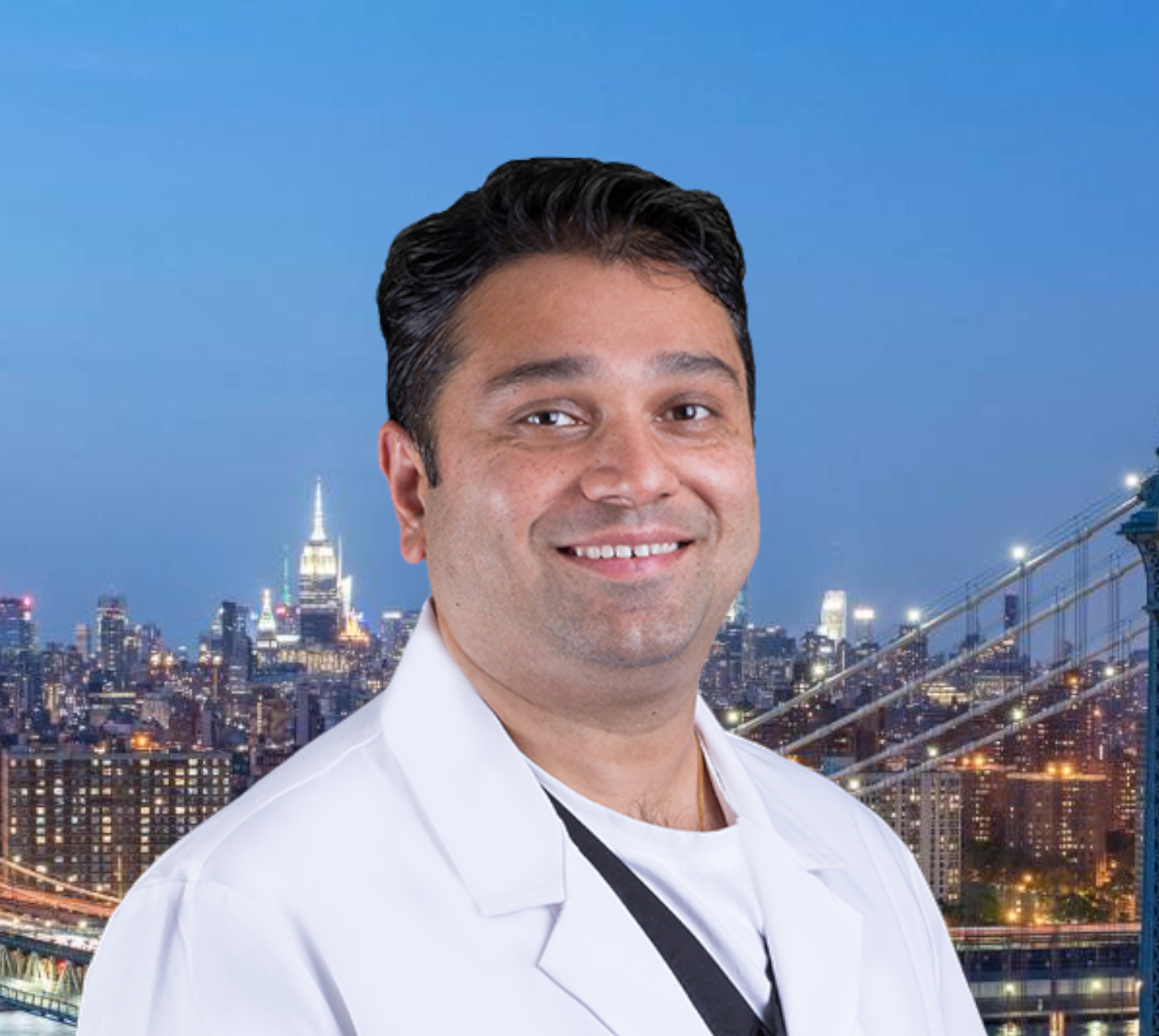
DR. AMIT POONIA M.D.
Your New Jersey Vein Specialist
Dr. Poonia is double board-certified in interventional pain management and anesthesiology.
Dr. Poonia’s philosophy is based on teamwork, cooperation, and collaboration among his patients’ treatment teams. He believes that healthcare providers work
best when they work together to accurately diagnose a patient’s problem, find effective treatments, and provide maximum rehabilitation and quality of life improvements.
Dr. Poonia customizes his treatment plans based on each patient’s unique characteristics. He employs the latest minimally-invasive technologies to enhance comfort during treatment and to speed recovery.
References
- Almeida JI, Kaufman J, Göckeritz O, et al. Radiofrequency endovenous ClosureFAST versus laser ablation for the treatment of great saphenous reflux: A multicenter, single-blinded, randomized study (RECOVERY study). J Vasc Interv Radiol. 2009;20(6):752-759. doi:10.1016/j.jvir.2009.03.008
- ClosureFAST Procedure. Medtronic. Accessed January 27, 2023. https://www.medtronic.com/us-en/patients/treatments-therapies/varicose-vein-treatments/closurefast-procedure.html
- Joh JH, Kim W-S, Jung IM, et al. Consensus for the treatment of varicose vein with radiofrequency ablation. Vasc Specialist Int. 2014;30(4):105-112. doi:10.5758/vsi.2014.30.4.105
- Kayssi A, Pope M, Vucemilo I, Werneck C. Endovenous radiofrequency ablation for the treatment of varicose veins. Can J Surg. 2015;58(2):85-86. doi:10.1503/cjs.014914
- Morrison N, Gibson K, Vasquez M, et al. Five-year extension study of patients from a randomized clinical trial (VeClose) comparing cyanoacrylate closure versus radiofrequency ablation for the treatment of incompetent great saphenous veins. J Vasc Surg Venous Lymphat Disord. 2020;8(6):978-989. doi:10.1016/j.jvsv.2019.12.080
- Proebstle TM, Alm BJ, Göckeritz O, et al. Five-year results from the prospective European multicentre cohort study on radiofrequency segmental thermal ablation for incompetent great saphenous veins. Br J Surg. 2015;102(3):212-218. doi:10.1002/bjs.9679
- Saphenous Vein. Cleveland Clinic. Accessed January 27, 2023. https://my.clevelandclinic.org/health/body/23946-saphenous-vein
